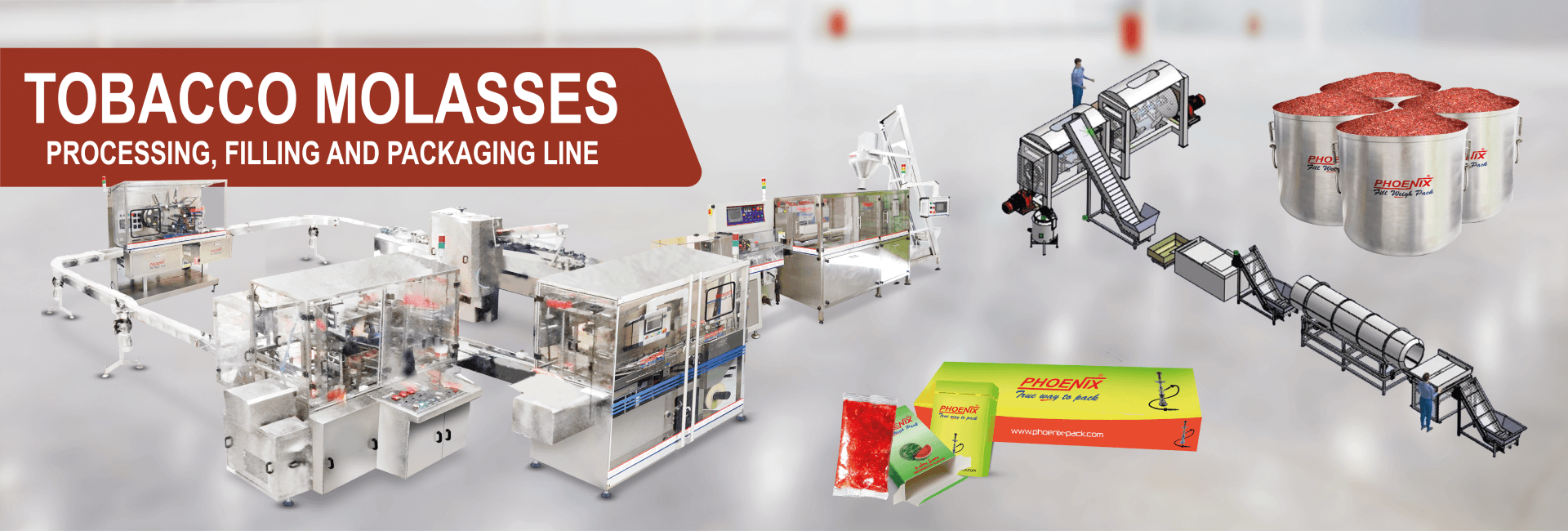How to Maintain Your Tobacco Filling Machine for Optimal Performance
Discover essential tips for maintaining your tobacco filling machine to ensure optimal performance. Learn common issues and troubleshooting techniques.

Maintaining your tobacco filling machine is crucial for ensuring consistent production quality and prolonging its lifespan. Regular maintenance not only prevents breakdowns but also enhances efficiency.
Here are essential tips and best practices to help you keep your tobacco filling machine in top condition.
Importance of Regular Maintenance
A tobacco filling machine is a precision instrument designed to handle delicate materials. Regular maintenance helps in:
- Ensuring Consistent Quality: Properly maintained machines produce uniform cigarette or tobacco product fills, maintaining product quality and customer satisfaction.
- Preventing Downtime: Regular inspections and maintenance reduce the risk of unexpected breakdowns, minimizing production downtime.
- Prolonging Machine Lifespan: Well-maintained machines last longer, providing a better return on investment.
Maintenance Tips for Tobacco Filling Machines
- Daily Cleaning Routine:
- Clearing Residue: Remove tobacco and paper debris from the machine components daily to prevent buildup.
- Sanitization: Use recommended cleaning agents to sanitize parts that come into contact with tobacco to maintain hygiene and prevent contamination.
- Regular Lubrication:
- Schedule Lubrication: Follow manufacturer guidelines for lubricating moving parts to reduce friction and wear.
- Use Recommended Lubricants: Ensure you use lubricants suitable for food-grade machinery to avoid contamination.
- Inspecting Wear Parts:
- Check Components: Regularly inspect wear-prone parts such as nozzles, seals, and conveyor belts for signs of wear and tear.
- Replace as Needed: Replace worn-out parts promptly to prevent operational issues.
- Calibration and Adjustment:
- Calibrate Sensors: Ensure sensors are calibrated correctly to detect fill levels accurately.
- Adjust Settings: Periodically review and adjust machine settings according to production requirements and material variations.
- Electrical System Maintenance:
- Inspect Wiring: Check for loose connections and wear in electrical wiring.
- Safety Checks: Test safety features regularly to ensure they function correctly.
Common Issues and Troubleshooting
Even with regular maintenance, tobacco filling machines can encounter issues. Here are some common problems and how to troubleshoot them:
- Jamming of Tobacco: If tobacco jams in the machine, check the feed mechanism for blockages. Clear any obstructions and ensure the tobacco is loaded correctly.
- Inconsistent Fill Levels: Adjust fill settings and inspect nozzles for blockages or wear. Calibrate sensors to ensure accurate fill levels.
- Mechanical Failures: For mechanical failures like conveyor belt issues or motor malfunctions, consult the machine’s manual for troubleshooting steps or contact a technician.
- Quality Control Issues: If product quality varies, review machine settings, inspect filters, and ensure all components are clean and properly adjusted.
Conclusion
Proper maintenance is key to optimizing the performance and longevity of your tobacco filling machine. By following these maintenance tips and promptly addressing issues through troubleshooting, you can minimize downtime and ensure consistent product quality. For the best tobacco filling machines designed to meet your production needs reliably, consider exploring the offerings from Phoenix Dison Tec LLC.
Maintaining a tobacco filling machine requires diligence and attention to detail, but the benefits in terms of efficiency and product quality make it well worth the effort. Implementing a structured maintenance routine not only keeps your operations running smoothly but also enhances the overall reliability of your production process.












